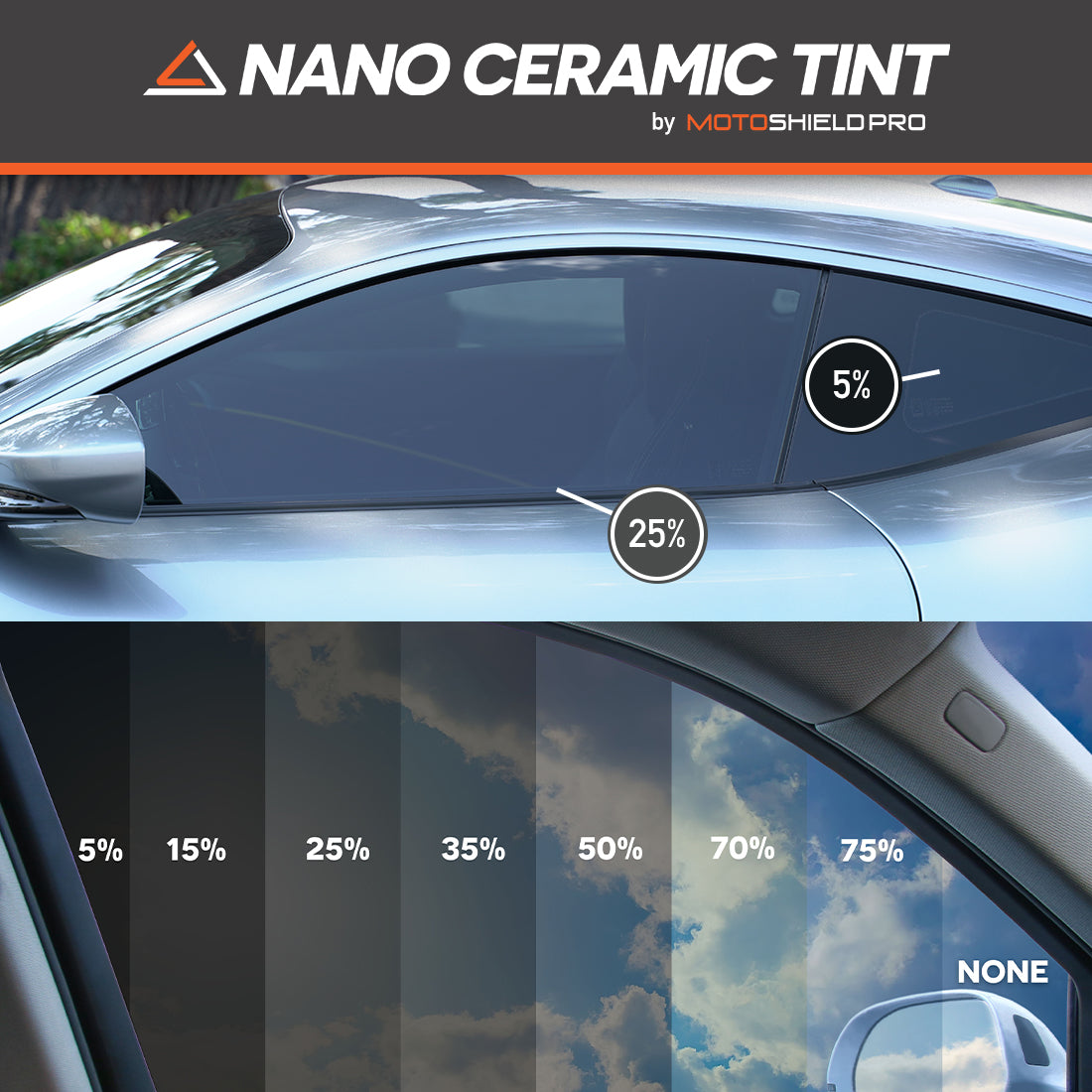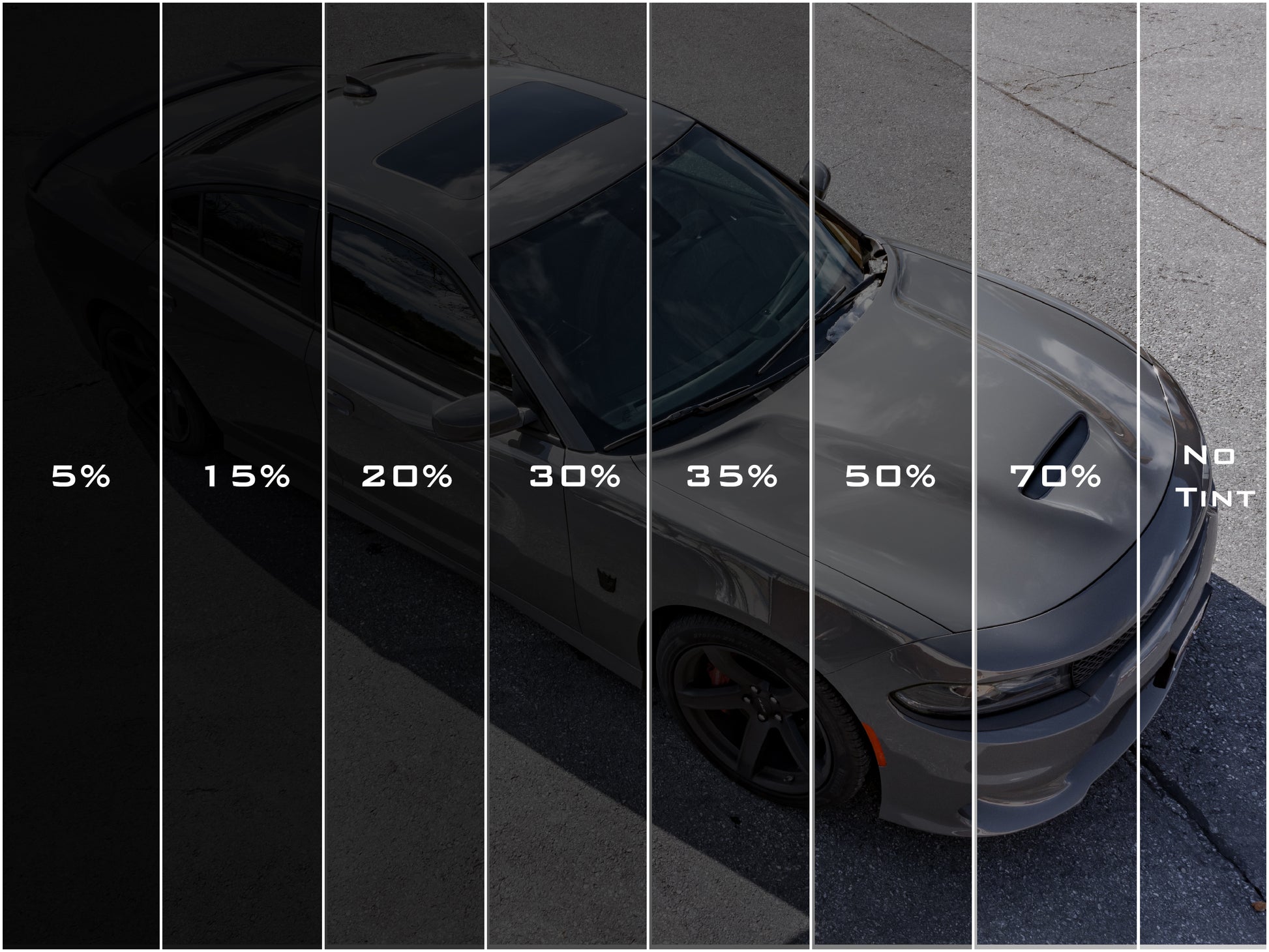The Scientific Research Behind Vehicle Window Tinting and UV Ray Protection
The Scientific Research Behind Vehicle Window Tinting and UV Ray Protection
Blog Article
Window Tinting Regulations and Guidelines: What You Required to Know Prior To Tinting Your Vehicle
Before continuing with home window tinting for your vehicle, it is essential to acquaint on your own with the diverse legislations and guidelines that govern this technique across different states. These policies determine the permitted levels of color darkness, often determined by visible light transmission (VLT) portions, and consist of certain terms for front windscreens aimed at making certain road safety and security.
Summary of Home Window Tinting Laws
Window tinting regulations are frequently subject to variant across different jurisdictions, reflecting neighborhood guidelines and security factors to consider. These regulations determine the permissible levels of tint darkness and reflectiveness on automobile windows, ensuring that vehicle drivers preserve ample presence while additionally shielding against dangerous UV rays and warmth.
Many guidelines identify home window tinting based upon the Visible Light Transmission (VLT) percent, which shows the amount of light that can pass via the window. Usually, lower VLT percents indicate darker colors. Laws often separate in between the front, side, and rear home windows, with stricter limitations used to the front windshield to enhance security for both the driver and other roadway users.
Furthermore, some jurisdictions enforce limitations on the reflectivity of the color, avoiding excessive glare that could hinder visibility. Exceptions to these regulations might exist for individuals with details clinical conditions needing added sun defense. Conformity with home window tinting regulations is essential, as offenses can result in fines, necessary removal of the color, and potential boosts in insurance policy premiums. It is important for automobile owners to familiarize themselves with regional laws before proceeding with home window tinting installments.
State-by-State Tint Laws
Recognizing the certain window tinting policies in each state is crucial for vehicle proprietors seeking to follow the regulation. Each state in the U.S. has actually established its own set of rules governing home window tinting, which can vary considerably. These regulations usually dictate the allowed degrees of color darkness, the sorts of windows that can be tinted, and any kind of medical exceptions that might apply.
As an example, states like The golden state have rigorous limitations on tint darkness for front home windows, while others, such as New Mexico, might allow darker colors. Additionally, specific states mandate particular presence portions for various windows, consisting of the windscreen, front side home windows, and back home windows. It is crucial for cars and truck proprietors to familiarize themselves with their state's laws to stay clear of possible penalties or penalties.
Furthermore, some states might need a qualification sticker to be put on colored home windows, indicating conformity with state regulations. Failure to abide by these guidelines not only risks lawful effects but can additionally influence safety and security and visibility while driving. For that reason, lorry proprietors must carry out complete research study or speak with regional authorities to guarantee full understanding and conformity with state-by-state tint laws.
Allowed Tint Degrees and Kinds
Lots of vehicle proprietors might be shocked to learn that permitted color levels and kinds differ widely across different states. Each state has actually established its very own laws relating to the permissible darkness and reflectivity of home window tint, typically gauged by Visible Light Transmission (VLT) percents. VLT refers to the amount of light that can travel through the colored home windows; hence, a reduced portion suggests a darker tint.

Furthermore, the kinds of color products permitted can differ, with some states prohibiting metal or mirror-like surfaces. It is important for vehicle owners to acquaint themselves with their state's certain regulations to make certain compliance. Non-compliance can lead to penalties, obligatory elimination of the color, or other legal consequences, making it necessary to understand these regulations before proceeding with installation.
Medical Exemptions for Tinting
While not all states provide allowances for clinical exemptions concerning window tinting, those that do recognize the need for specific people to enhance presence and convenience as a result of clinical problems. Different medical problems, such as lupus, skin cancer, and particular eye disorders, can make individuals especially conscious sunshine. Consequently, these individuals may need darker colors to secure themselves from dangerous UV rays and glare.

It is essential to note that despite having a clinical exception, there might still be limitations on the level of tint allowed. Compliance with state legislations guarantees that individuals are both protected and within legal limits. Those thinking about clinical exceptions should call their neighborhood Division of Electric motor Cars or equal authority to recognize the treatments and needs essential to look for an exception efficiently.
Fines for Non-Compliance
Falling short to abide by window tinting regulations can result in substantial penalties, which differ by state. Legislation enforcement firms are encouraged to provide citations for cars that do not abide by the specified tinting laws. These penalties usually consist of fines, which can vary from small amounts to several hundred dollars, depending on the intensity of the infraction and the state concerned.
In some jurisdictions, duplicated offenses may cause intensifying fines or additional charges, such as mandatory court appearances. Furthermore, non-compliance might demand the removal of unlawful tinting, commonly at the owner's expenditure. In severe situations, habitual offenders might encounter suspension of their vehicle registration up until conformity is accomplished.
Furthermore, insurance policy effects might develop from obtaining multiple citations for home window color infractions. Insurance firms might see such violations as a sign of riskier habits, possibly resulting in increased costs or problem in coverage.
To stay clear of these penalties, it is critical for car proprietors to acquaint themselves with their neighborhood home window tinting legislations browse around this site and make sure that their car complies (Window Tinting). This positive approach not just prevents lawful implications however additionally advertises roadway safety and security
Final Thought

Most regulations identify home window tinting based on the Visible Light Transmission (VLT) percent, which indicates the amount of light that can pass with the window. Compliance with window tinting laws is critical, as infractions can result in penalties, mandatory elimination of the tint, and possible boosts in insurance policy premiums.Comprehending the specific home window tinting policies in each state is vital for vehicle owners seeking to comply with the legislation. These laws commonly determine the permitted levels of tint darkness, the types of home windows that can be tinted, and any medical exemptions that might apply.
For instance, states like California have strict constraints on tint darkness for front home windows, while others, such as New Mexico, may enable darker tints.
Report this page